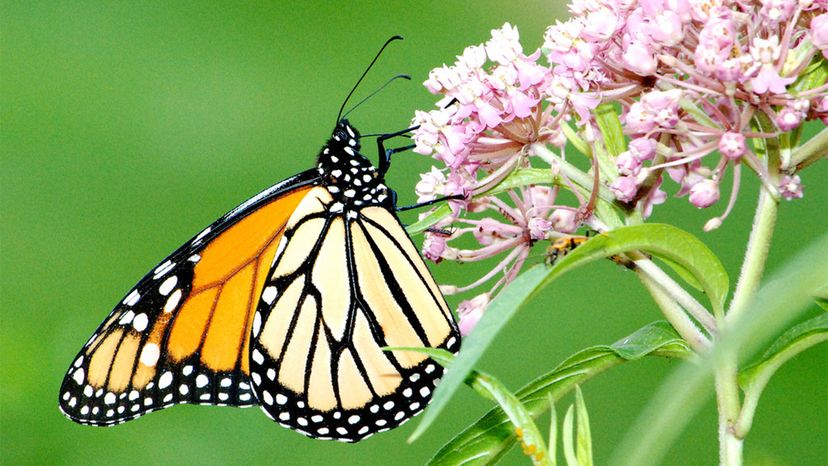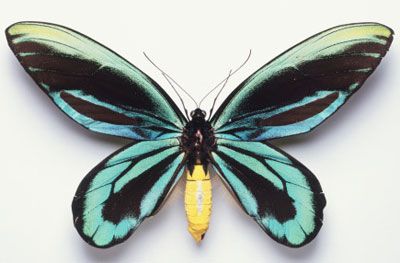
We live in an Age of Extinction. Animals and plants are falling out right and left in the face of 7.8 billion great apes (us) clogging up the works. And though some species are flagging for mysterious reasons, for others it's pretty obvious: They're running out of food, there are too many people hanging out in the places they need to be or their habitat has been changed too quickly and drastically for them to adapt.
Take the monarch butterfly (Danaus plexippus): The North American population has tanked in the past 20 years, dropping by around 80 percent since the turn of the millennium.
Advertisement
These vibrant beauties migrate between 2,000 and 3,000 miles (3,200 and 4,800 kilometers) each year on their delicate orange, black and white wings, from the United States and Canada to their overwintering grounds in Mexico. And although they're sturdier than they look, they can't make that grueling trip without snacks. And their only snacks are becoming increasingly scarce.
Monarchs only eat one thing: milkweed. As its name suggests, milkweed is a weed — it's a pretty common roadside plant. But the unrelenting tidiness of state transportation departments with their constant mowing, and the use of herbicides like Roundup along highways and in private gardens is starving out the iconic monarch. In conjunction with habitat alterations due to climate change, as well as casualties from pesticides that weren't meant for them, they're really struggling.
The Center for Biological Diversity is advocating for the monarch to be protected under the Endangered Species Act.
But if you have a yard, you can be a monarch hero! There are lots of different types of milkweed that grow in a variety of soils. Milkweed also attracts a host of other pollinators, including native bees, bumble bees and honeybees.
Advertisement

